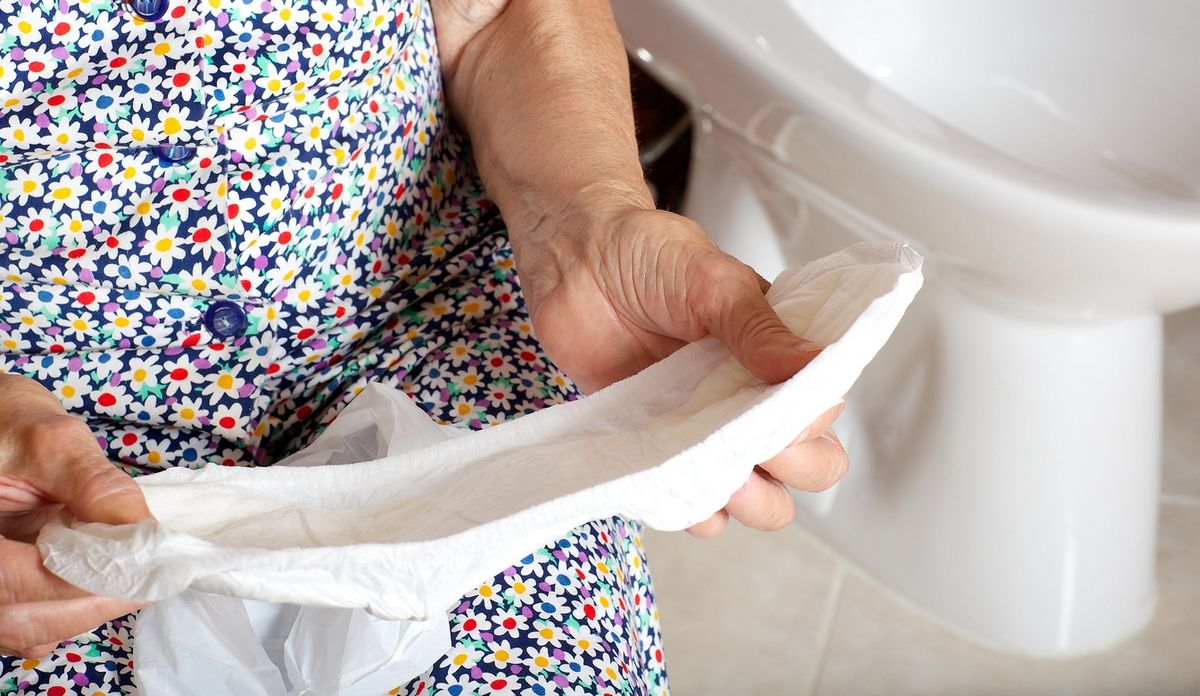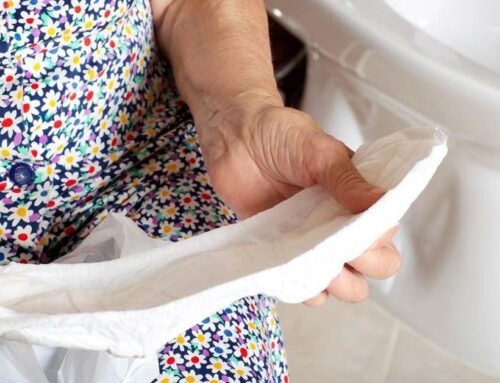Many women live with a leaky bladder. This includes almost half of women over 50. But only 30 percent of women who leak talk to their urologists. They learn to live with the leaks because they believe it’s a normal part of getting older. It’s not.
Women who feel embarrassed or concerned about leaks give up activities they enjoy and become socially isolated, planning their days around proximity to a bathroom. Leaking can affect a woman’s social life and relationships.
Besides the social and mental costs, leaking urine (urinary incontinence) is a health risk. It can cause skin irritation and lead to urinary tract infections.
Urinary incontinence is common but doesn’t have to keep you from doing the things you love. Seeking help can change your health, self-confidence — and your life.
Two Types of Incontinence
These two types of incontinence are most common in women. Some women have both types.
- Urge Incontinence. A sudden, urgent need to go that keeps you from reaching the bathroom in time is urge incontinence. Urge incontinence can feel like a frequent or consistent need to use the bathroom or like you can’t control the urge to urinate. This type of incontinence can be caused by an overactive bladder, diet, fluid intake, pelvic floor disorders, or neurological reasons.
- Stress Incontinence. Unexpected leaks when you put pressure on your bladder, like when you cough, laugh, or exercise, are stress incontinence. Sudden movement or pressure on the abdomen causes urine to leak. This type of incontinence is usually caused by weakened pelvic floor muscles. Women may experience this after pregnancy and childbirth, and generally before they experience urge incontinence. Other causes are pelvic surgery and medical conditions that cause a chronic cough.
Incontinence is More Common in Women
The unfortunate truth is that more women suffer from incontinence than men. This is because of pregnancy, childbirth, and menopause. During pregnancy and childbirth, pressure is put on the bladder, which strains and weakens the pelvic muscles. On top of that, one in eight women have a hysterectomy, which can result in a rearrangement of the surrounding pelvic organs. Multiple pregnancies, large babies, hysterectomy, weight gain, constipation, smoking, and pelvic trauma can all impact bladder function.
Are You Suffering from Incontinence?
If you are experiencing incontinence, it’s time to talk to a urologist. Your doctor will want to rule out other medical causes of leaking or an infection before giving you a diagnosis.
To help with diagnosis, your doctor will discuss your health history, symptoms, and drinking and urination habits. Your doctor may also do a physical exam and other tests, like a cough stress test or bladder function tests.
Your urologist may suggest you keep a log of voiding and leakage or provide exercises to strengthen your pelvic floor muscles.
Treating Your Incontinence
Your urologist and you will work together to find the best treatment for you. A recommendation will be made based on your exam, your symptoms, and your lifestyle.
Stress Incontinence
- Pelvic Floor Exercises. Your pelvic floor muscles and urinary sphincter work to hold in your urine. Kegel exercises can strengthen them and improve your incontinence in as little as three to six weeks.
- Periurethral Injections. Injections of bulking substances, like collagen, around the urethra improve its ability to close and hold urine.
- Surgery. A urethral sling is like a hammock. It can be surgically placed under the urethra to provide support and help it close under pressure. This is the most common surgical procedure for stress incontinence. Colposuspension, or the Burch procedure, is the surgical stitching of the bladder in place.
- Percutaneous Tibial Nerve Stimulation (PTNS). This non-surgical option applies electrical stimulation to a certain nerve. This changes bladder activity. PTNS is an electroacupuncture that’s given during weekly treatments.
Urge Incontinence
- Behavioral Therapy. Some lifestyle changes can reduce urge incontinence. Bladder training, or urinating on a schedule, can decrease leaks. Managing the time and amount of fluids you drink can help, too. Other changes that may decrease incontinence are smoking cessation, weight loss, treating constipation, and changing your diet to avoid caffeine, alcohol, and spicy foods.
- Medications. Medications are usually the first type of treatment recommended. Some medications (anticholinergics or beta adrenergics) relax the bladder or prevent unwanted bladder contractions.
- Neuromodulation. Sacral neuromodulation uses a surgically implantable nerve stimulator. The two types of implants Urology San Antonio uses are made by Axonics and InterStim.
- Botox Injections. Botox prevents unwanted bladder contractions and is a good option for those who have tried other treatments without relief of symptoms. A side effect of Botox can be difficulty urinating.
You don’t have to accept incontinence as a part of your life, even as you age. There are treatments available.
If you’re ready to live life on your schedule — not your bladder’s — schedule an appointment today.





